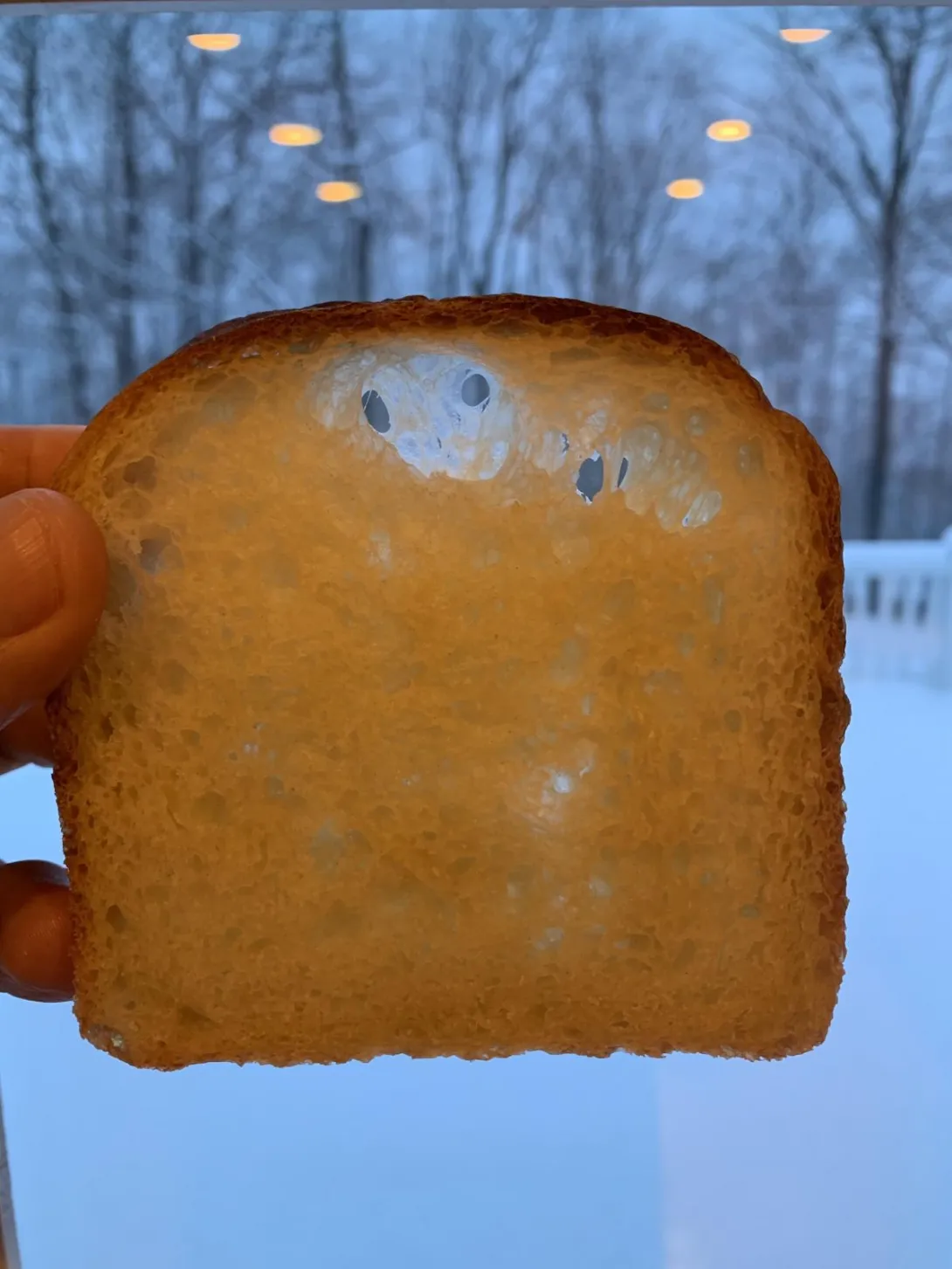HeiHei29er's blog
30% Semolina Baguettes
I've tried making a single baguette a few different times. Each time was a different recipe and each time it was a last minute "Let's throw this together and make a baguette" approach. Got really lucky the first time with nice spring and an open crumb. Told myself that baguettes were easy. The next couple of tries had no spring at all and turned out dense enough to be used as dowel rods. This is the first time I went into it with a plan. I based the approach off Boubasa's recipe, but I used a flour blend that I had recent success with on a regular yeasted
15% Teff Flour with Teff Flour Levain
My first use of teff flour came during our Gluten Free Community Bake. Comments made here intrigued me, and I finally got around to experimenting.
To get a good taste of the teff flour, I kept the recipe simple. I created a teff flour starter over a 3-day period by using my white flour starter and then doing a 1:4:4 refresh every 8 hours. From there, I used my standard sourdough loaf approach but used a 100% teff flour levain for the 15% prefermented flour.
Lithuanian Black Rye and 40% Emmer and Einkorn
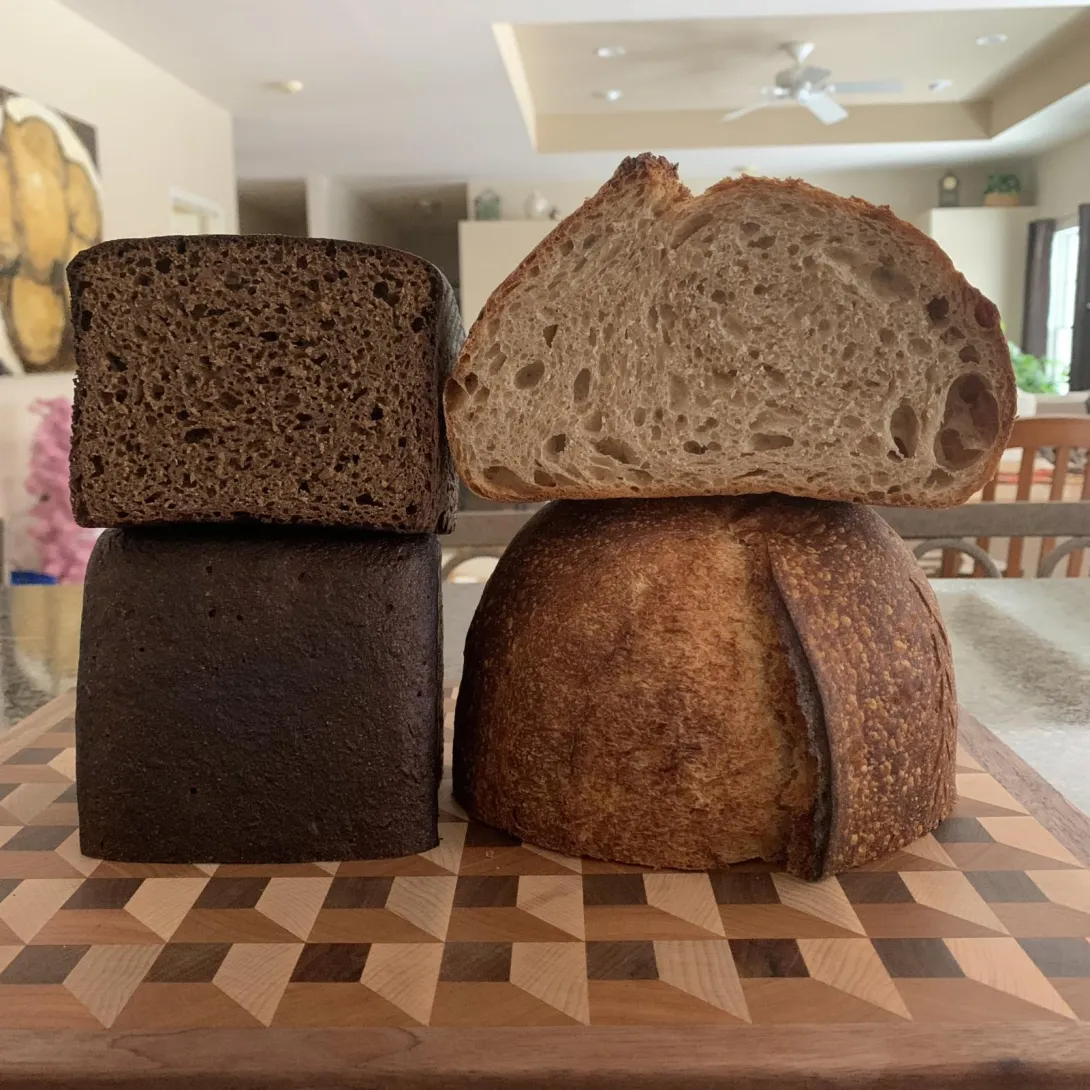
Two fun bakes this weekend... A Lithuanian Black Rye recipe that I found on IG, and my 40% Whole Grain (Emmer and Einkorn). All the whole grain flours in both breads are fresh milled using berries from Janie's Mill.
LITHUANIAN BLACK RYE
Rye Sour
100g Whole Rye flour
100g Water
30g Starter
1) Combine ingredients and ferment at 76 deg F for 8-10 hours
Hiivaleipa with Sunflower and Pumpkin Seeds
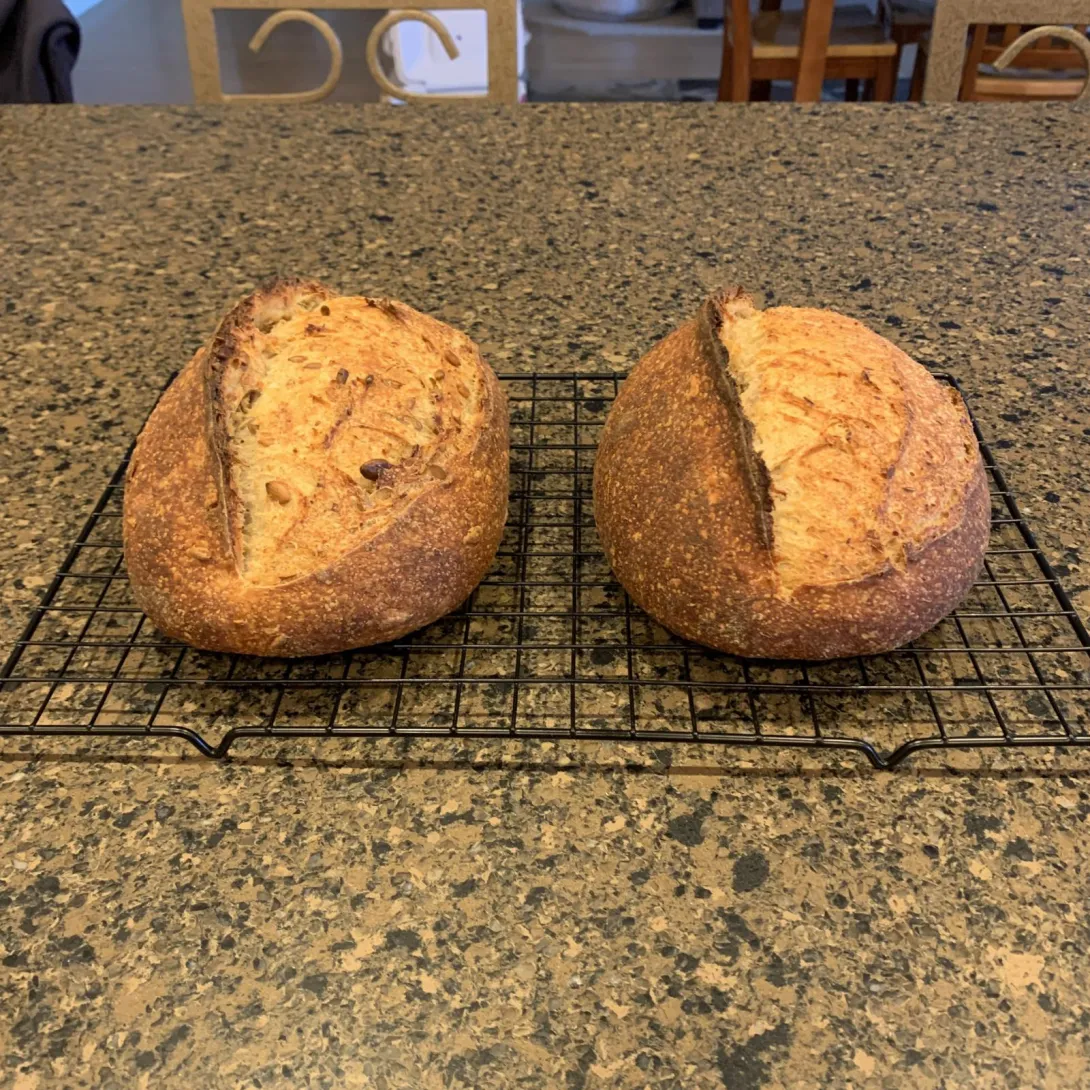
This is my take on a Finnish bread. I've changed it up quite a bit from the original, so I'm not sure I should even call it that anymore. For the most part, the ingredients are true to the recipe. However, this uses a 2-stage pre-ferment, a yeast water for leavening, and a mash. The original is a straight dough yeasted recipe.
- Log in or register to post comments
- 16 comments
- View post
- HeiHei29er's Blog
An In Real Life Meet-Up
TFL is such a great community. We share ideas, advice, recipes, and help each other, in general, along the way. In some cases, we get to know each other at an almost personal level. At least as personal as you can get communicating virtually with someone you’ve never met. 😁 Yesterday, I was fortunate enough to put a voice with a virtual face and have lunch with Paul (pmccool).
- Log in or register to post comments
- 10 comments
- View post
- HeiHei29er's Blog
Ian's Multi Grain Potato Bread with Guinness
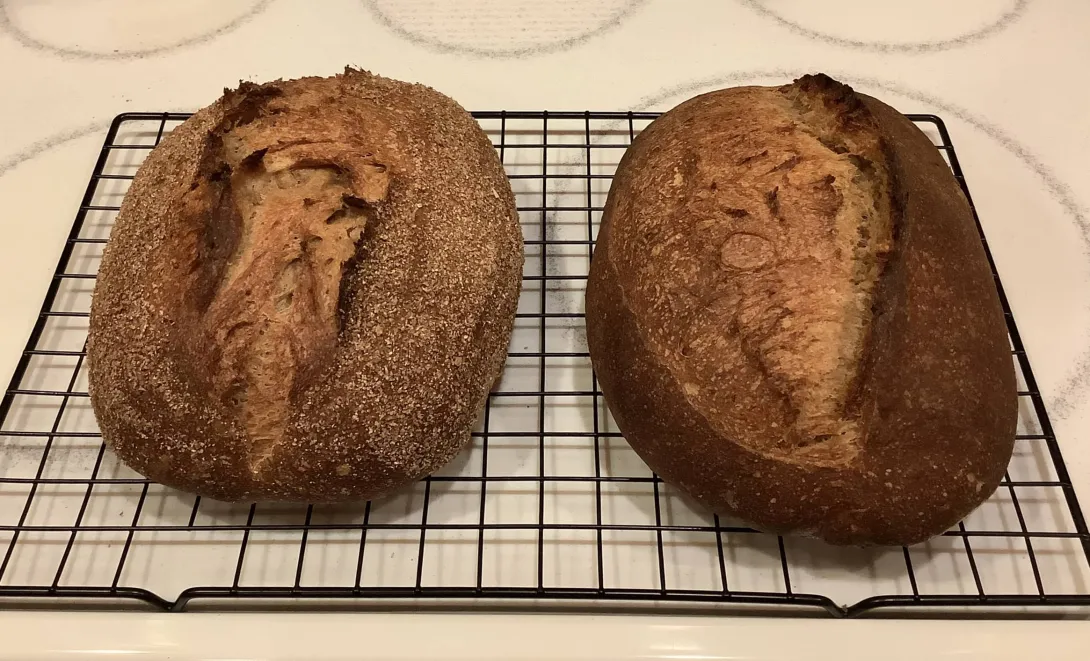
When I read Ian's recent blog post, I put this one on my short list for bakes. Not only because of the Guinness, but the blend of grains as well.
Potica

In the late 1800's, a lot of immigrants from Slovenia and Croatia came to this part of the world to work in the mines. They brought some of their food influences too. A local restaurant/bakery makes potica (pronounced Po-TEET-Sah), which is a Slovenian sweet bread with filling. The most common filling is ground walnuts, and like many foods, each family has their own recipe. This bread has been on my bake list for a few months now. I have a friend from Slovenia, and recently, her mother was gracious enough to share their family recipe with me. Hope I did i
Sourdough Discard Molasses Cookies
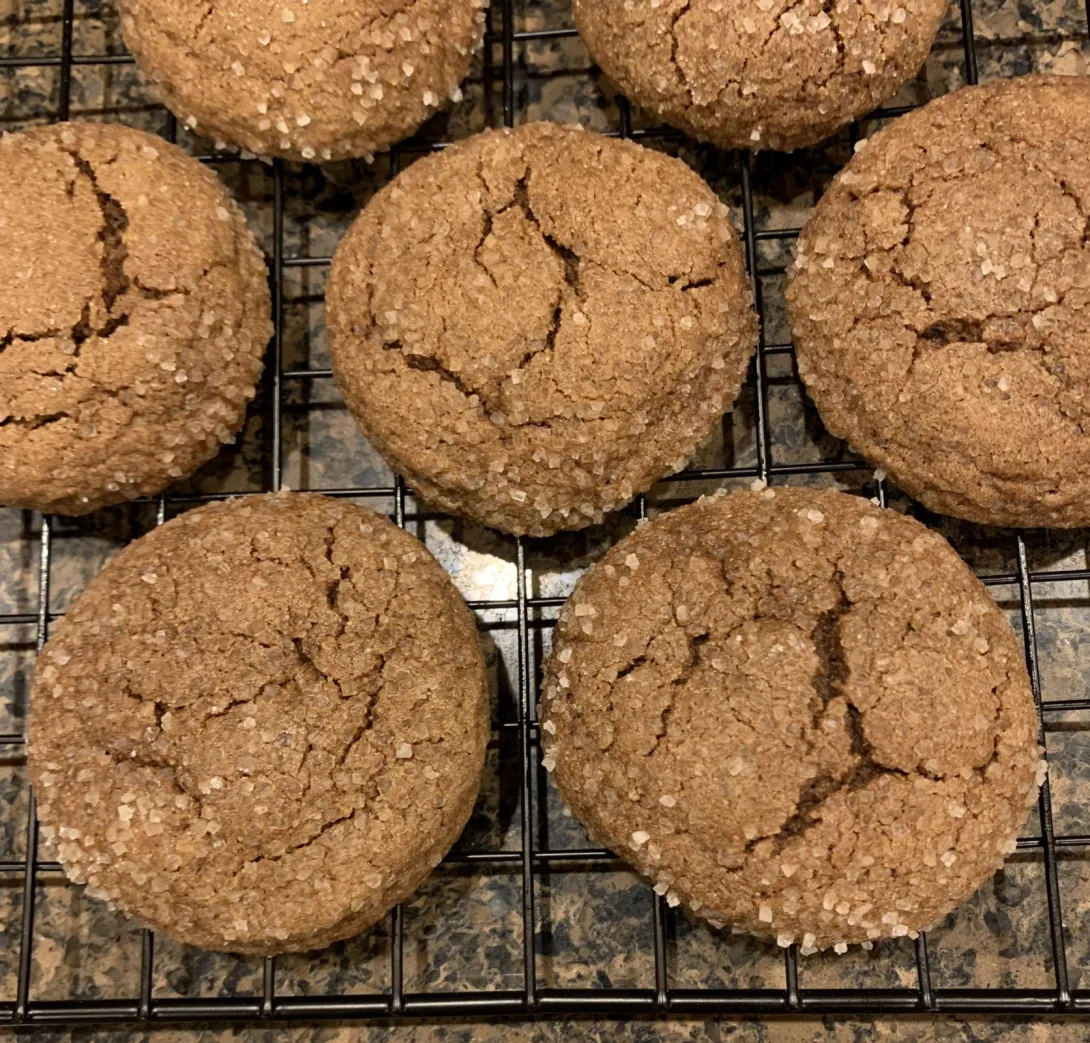
I wanted to make some more discard cookies and this time chose to try something different. It's fall and approaching the holidays. Molasses cookies seemed like a good candidate. Did a quick search and decided to use this recipe from Cooking Classy as the base for my discard recipe. Happy to say that I'm really happy with how these turned out!
